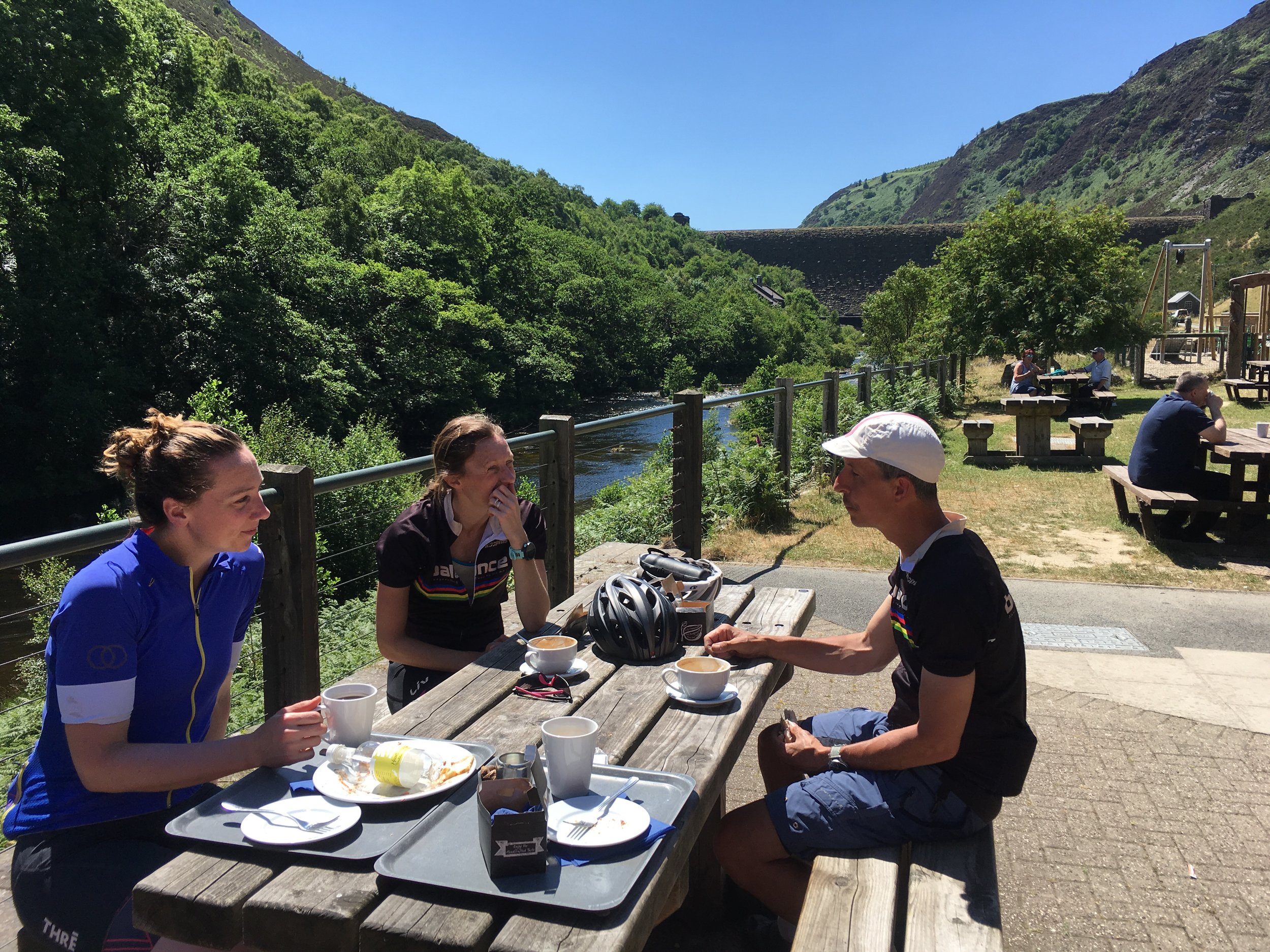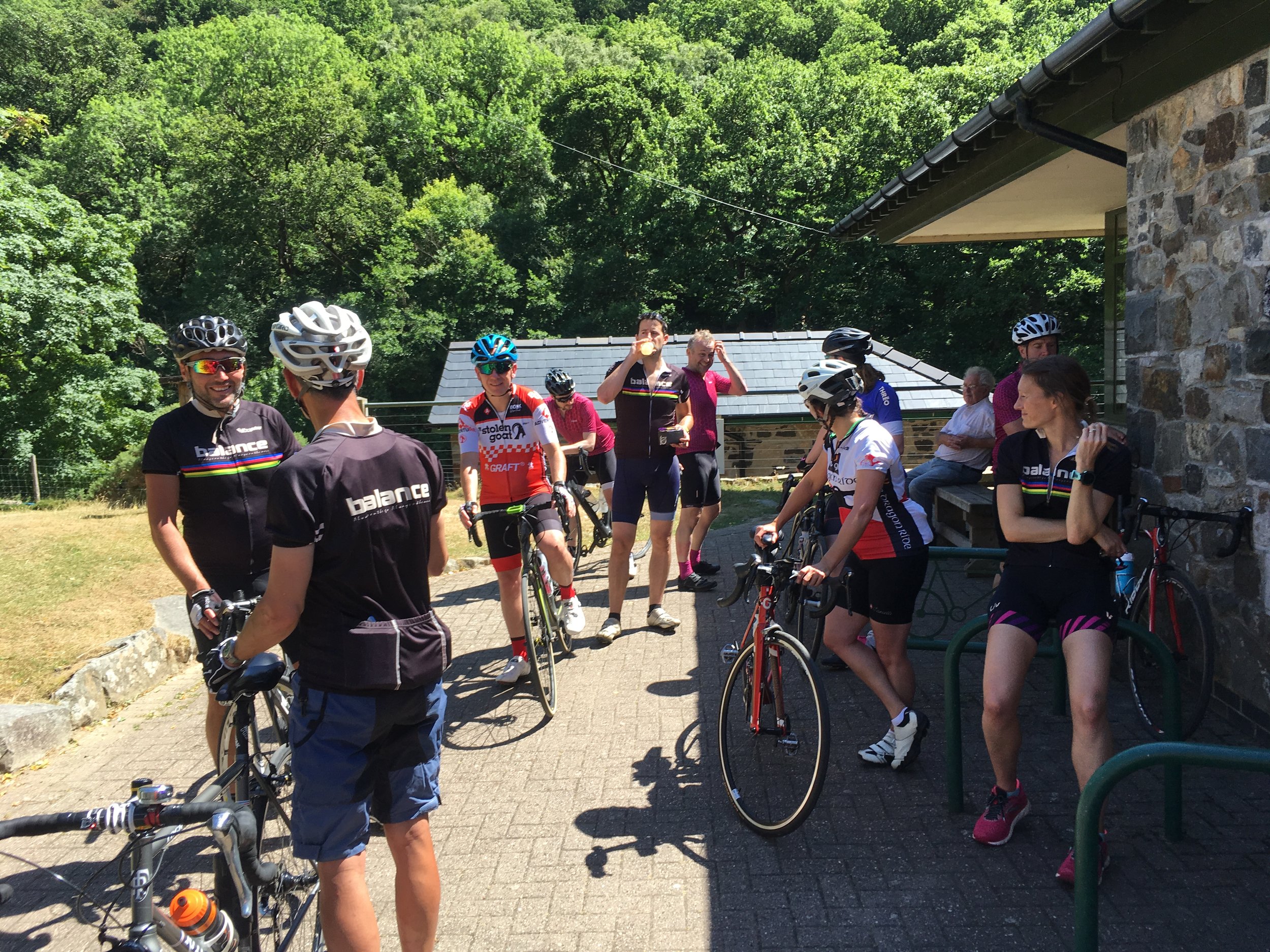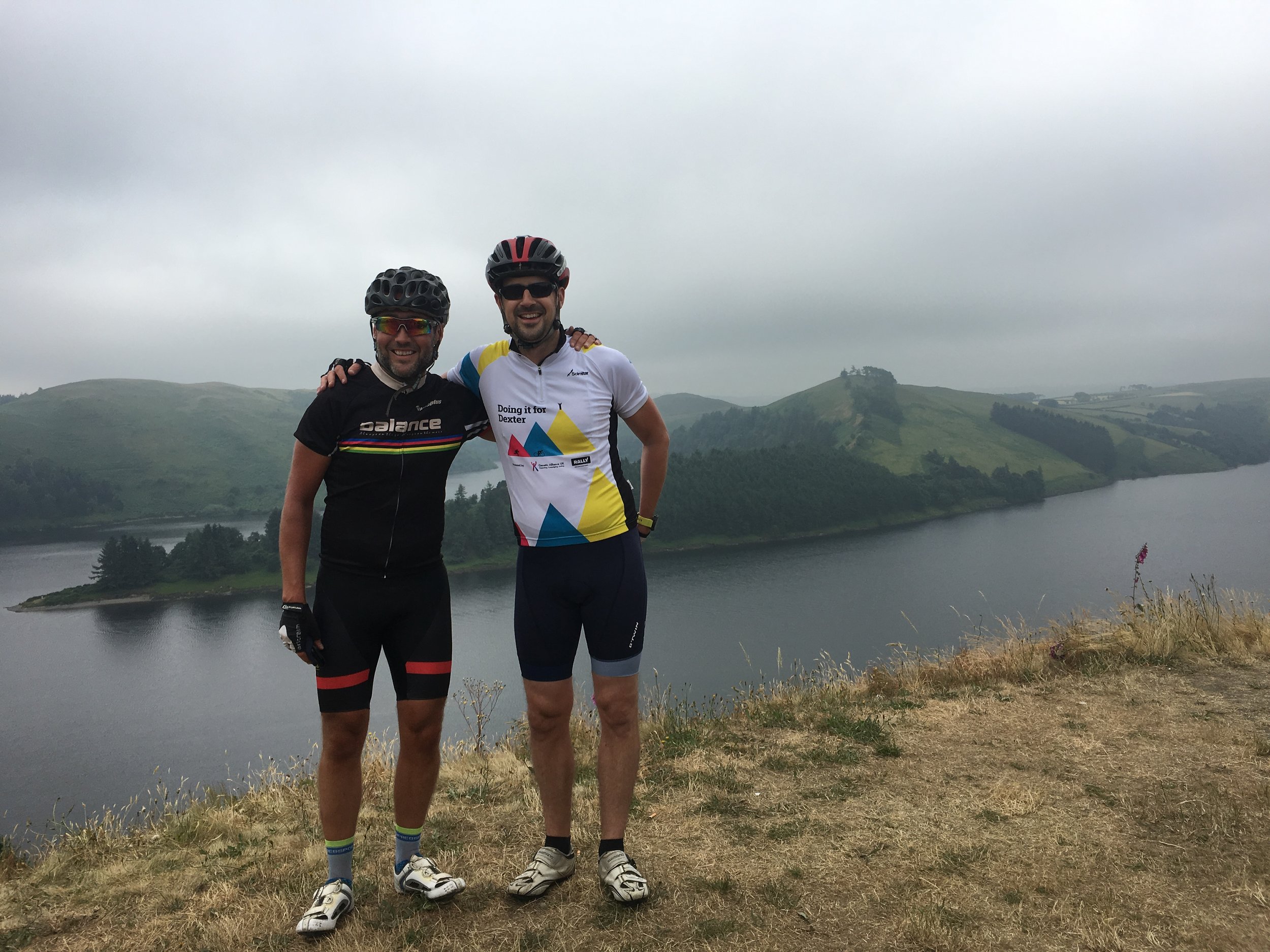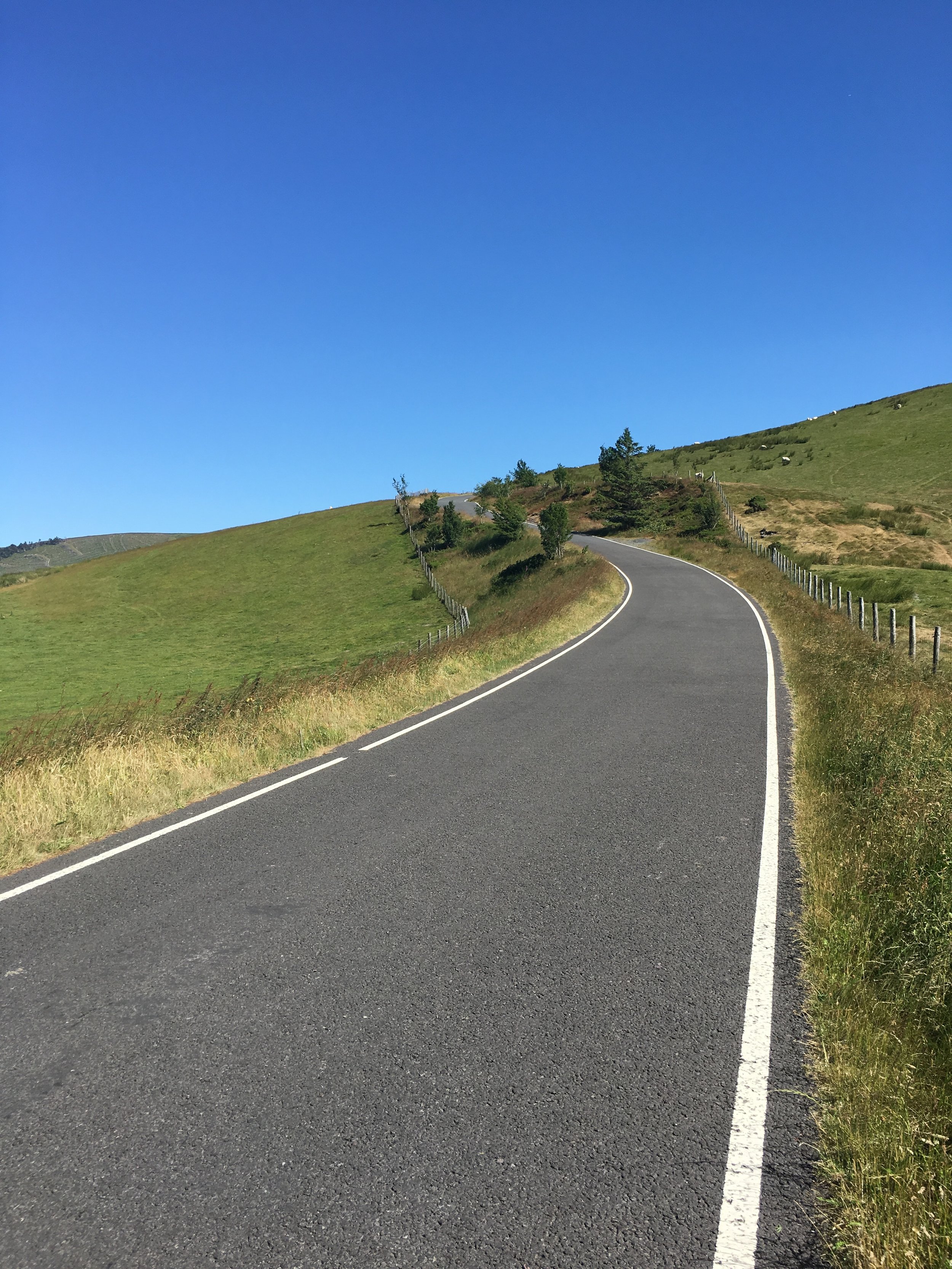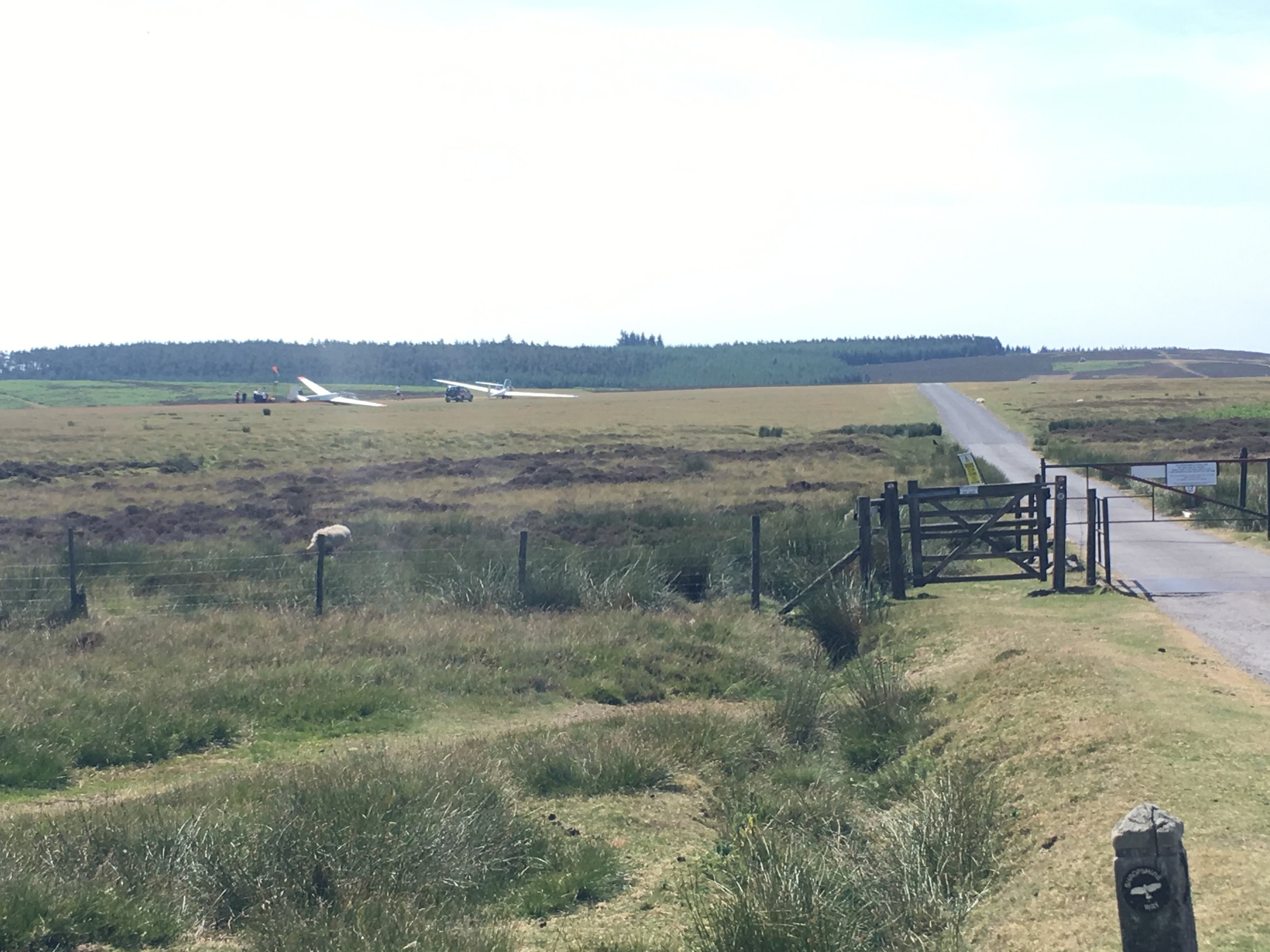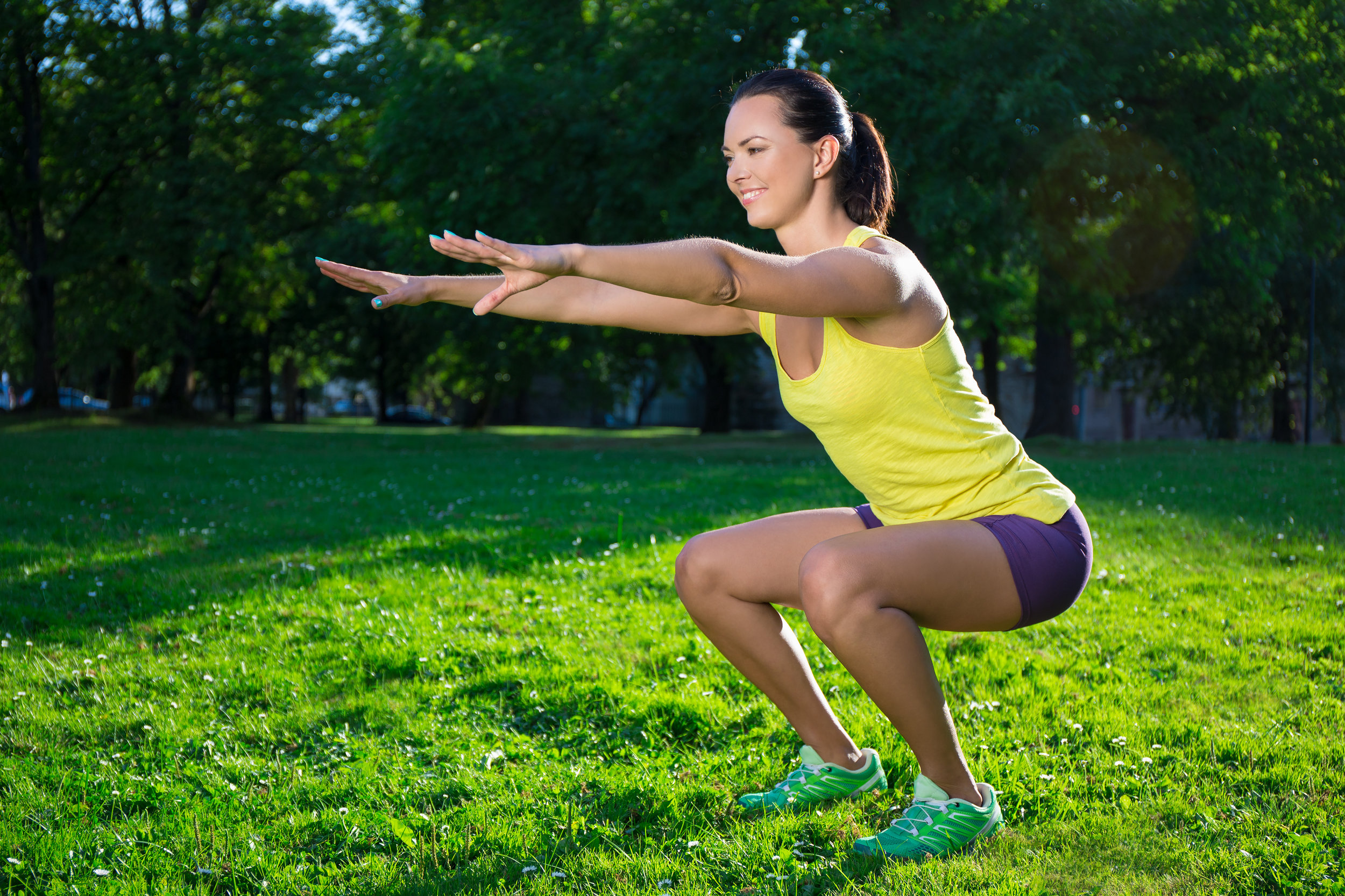Hormones are chemicals that the body creates to send messages around the body. They are capable of switching things on and off or speeding up and slowing down bodily functions. Adrenaline, for example, will speed up heart rate and breathing rate among other things when you need to run away from something. Glands are the things in the body, often organs, which produce hormones.
Why do we have them?
Your body works best when it is in homeostasis, or normal, balanced functioning. There are times though when it needs to work faster and others when it needs to slow down. Hormones are triggers that switch things on or off, speed up or slow down things like heart rate, and increase or decrease levels of things like blood sugar, dependent on what the body needs. Ideally the body will work in a balanced way, so it will be down as much as it is up and off as much as it is on. The right balance of hormones helps this to happen.
How do they affect weight loss and weight gain?
Hormones have many roles in the body and a number are involved in the production and storage of energy, the regulation of appetite and in helping the body release energy when needed to for movement and exercise. These all have a bearing on how much fat a person stores at any one time and how much weight they lose or gain. The main hormones you should be aware of are identified below.
Insulin and glucagon
These two hormones, insulin in particular, play a major part in the storage of fat within the body. They are effectively complete opposites and should work together to regulate blood sugars up and down when required to keep your body functioning normally.
Glucagon is released when blood sugars drop. This may occur if someone has not eaten for a while or has exercised and their blood sugar levels have decreased as a result. Glucagon is released by the pancreas and through a chain of events causes the liver to release the body’s store of glucose (known as glycogen) into the bloodstream. This elevates blood sugar levels and enables the person to function properly.
In evolutionary terms, glucagon was a very useful hormone as it was needed in times of ‘fight or flight’ to elevate blood sugar levels. It also came into play if a person went a while without food. The brain needs a steady supply of energy, so if it couldn’t be supplied by food the body was able to dip into its back-up stores to increase blood sugars and give the brain the fuel it required. We have maintained all of these evolutionary functions and they are still useful in today’s world, although in Western society it is very rare for people to go any length of time without access to any food at all.
It has not been shown that any discrepancies in glucagon levels bring about obesity, but it does appear that in overweight individuals, glucagon may not be as effective at raising energy usage as in normal weight people (Starke et al, 1984).
Insulin is one of the most important hormones when it comes to weight gain and associated medical conditions, especially diabetes. It has a number of jobs but its major role is to decrease blood sugars if they get too high. These days this can happen a lot with our highly processed and refined, high sugar diets. Each time a person consumes a chocolate bar, some white bread or a can of fizzy drink, insulin is called into action as the level of glucose in the blood soars above what is required. The body responds by pulling this glucose out of the bloodstream and into storage just in case it needs it later. If stores of sugars are full then instead of wasting it, the body converts it to, and stores it as fat.
If this happens regularly over time, the body becomes less sensitive to the insulin and blood sugars will stay high. In response to this the body releases more insulin to get the desired response. This keeps happening until the body becomes extremely insensitive to insulin and blood sugars remain high most of the time. This is diabetes type 2. It can get even worse; if the poor lifestyle persists the pancreas gets exhausted from having to produce so much insulin and effectively gives in. These later-stage diabetics aren’t just insensitive to insulin, they often don’t produce any and rely on injections to get what they need and help their body regulate its blood sugar levels. Coupled with this the high levels of glucose can cause damage throughout the body and weight control becomes extremely challenging.
It has been argued by some that the insulin response and the body’s subsequent insensitivity are the major factors in the obesity epidemic (Taubes, 2013). This argument is commonly used in many of the high fat, high protein, low-carb diets that have been popular over the last 20 years that are reviewed in more detail in the nutrition chapter. There is a growing support for higher fat diets in science, especially for those people with diabetes where low-carb diets may improve insulin sensitivity and reduce the subsequent risks. Guldbrand et al (2012) showed that over two years a low-carbohydrate diet containing 50 per cent fat and 20 per cent carbohydrate led to a significant drop in blood sugars in diabetic patients, allowing them to reduce their insulin medication. This was not seen in a group consuming 60 per cent carbohydrates and 30 per cent fat as per current government recommendations. Marshall and Bessesen (2002) however argue the opposite, noting that many studies suggest that high fat diets are shown to impair insulin function – and so the debate rages on.
Leptin and ghrelin
Along with insulin, another hormone that has received huge attention in recent years in relation to fat storage is leptin. It is produced mostly by the fat cells themselves and its job is to tell someone when they’re full. The opposing hormone, ghrelin, is made in the stomach when it is empty and tells someone when he or she is hungry. Together these hormones talk to the hypothalamus in the brain to regulate when and how much to eat. But if something goes wrong or they become unbalanced then gains in fat stores may be just around the corner as the fat storing tendencies of the body and a person’s appetite are increased.
It used to be assumed that as people ate more their leptin levels increased and appetite was suppressed. This is certainly what should happen, but research has shown that if someone consumes too many calories and gains weight, they can become leptin resistant in much the same way they can become resistant to insulin. What this means is that ‘fullness’ signals don’t get through and someone is far more likely to keep eating.
Myers, Cowley and Munzberg (2008) showed that leptin resistance is caused by a number of complex factors, including changes in chemical process and changes in signaling between cells, with the end result being increased hunger and weight gain. In contrast, when losing weight, the body reacts by decreasing leptin and raising levels of ghrelin, increasing hunger. This may be a very influential factor in the reason why so many that lose weight gain much or all of it back, and sometimes more on top. It has been suggested that rapid dieting may make this worse and increase the likelihood that all of the hard work will be undone. Some argue that a more gradual weight loss may help to prevent this and allow the body to gradually adapt to its new weight without reacting and bouncing back to its original start point as is seen in diets where rapid weight loss occurs (Amigo and Fernandez, 2007).
Linked to this is the notion of the Set Point Theory. While the precise origin of this theory is difficult to pin down, various researchers have studied or made reference to it (Weinsier et al, 2000, Pereira et al, 2004). The theory suggests that a person’s weight is genetically predetermined, and that should they diet their body will increase various signals, including ghrelin levels, to ramp up hunger. This makes weight regain likely and research certainly shows that this is common.
Wing and Phelan (2005) suggest that only around 20 per cent of people maintain weight loss after one year if losing 10 per cent or more of their original body weight.
Set Point Theory has always been controversial, and arguments have swung back and forth between those who believe genetics leads to weight gain and those who believe it is due to poor diet or a lack of exercise. In reality, it is likely that both are true – with people having a weight and body fat that they would likely be naturally, but that today’s environment including poor food and sedentary lifestyles can drive people away from their natural set point to a higher level, resetting the set point and making it difficult to return to ‘normal’ (Müller, Bosy-Westphal and Hemsfeld, 2010).
It’s known that people are genetically different in terms of body type, where they are classified as either ectomorphs (lean), endomorphs (higher in body fat), mesomorphs (high in muscle), or a mix of the three.
Stress hormones
The body has a number of hormones that are activated in times of stress, including adrenaline and cortisol. These are known as ‘fight or flight’ hormones, and are raised by:
• Physical stress – this includes positive stress such as exercise, but also negative stresses such as fighting off an attacker or running away from a dangerous dog.
• Mental stress – people don’t have to run away from something for their stress hormones to be activated. Tight work deadlines and stressful jobs are commonplace these days, arguments with friends and family, financial worries and a host of other reasons will send stress hormones soaring.
• Hunger – this may surprise you, but hunger is a physical stress on the body. That’s why it releases ghrelin to drive people to eat; otherwise it can’t function properly. It’s even worse if people ignore these signals and don’t eat. High levels of ghrelin are also linked to increased adrenaline in the blood with the body getting stressed as it knows that the low blood sugar levels and empty stomach it has identified mean that soon the brain won’t have the supply of energy it needs to work effectively. The rise in adrenaline causes the liver to release stores of glucagon (stored carbohydrate) and blood sugars return to normal without having to eat. Of course, this means that the back-up stores are now running low so eating is essential to keep them maintained.
• In fact, a stress is really anything that requires the body to move away from homeostasis, its normal state. This can include changes in temperature, chemical levels in the blood, fluid levels, pain, noise and a whole host of other factors.
So how can all this affect your fat levels?
There are a number of theories about this, with both physiological and psychological changes thought to play a part. Mood certainly effects eating behaviours, with research showing that stress increases the tendency to eat high sugar, high fat foods (Torres, 2007). This desire may stem from the fact that eating these ‘comfort’ foods is associated with pleasure and in the short term decreases the stress levels within the body.
The stress response is however varied, with some people opting for comfort foods and gaining weight while others decrease food intake and lose weight in times of stress (Torres, 2007, Kivimaki et al, 2006). Physiologically, stress may increase the risk of weight gain through a number of different mechanisms including:
• Changes in thyroid function
• Changes in liver function
• Worsened digestion
• Impact on numerous hormones
• Elevated blood sugars
• Adrenal fatigue and exhaustion
Many of the above can be linked back to changes caused by stress to:
• The HPA Axis
• The Autonomic Nervous System
What are they?
The Hypothalamic-Pituitary-Adrenal or HPA Axisis a feedback system linking the hypothalamus and pituitary gland in the brain, and the adrenal glands in the kidneys. Between them these three control the body’s response to stress and influence energy expenditure, digestion, mood and the immune response.
The Autonomic Nervous System controls all of the ‘automatic’ processes that occur in the body without conscious thought, such as breathing, heartbeat, blood pressure, digestion and the dilation and constriction of blood vessels.
Drapeau et al (2003) noted that stress increases activation of the HPA Axis, which in turn elevates levels of cortisol. The higher levels of cortisol seem to increase hunger and promote fat storage around the visceral organs. Interestingly they also suggest that central obesity itself can be perceived as a stress by the body, causing further activation of the HPA axis and a vicious cycle in which stress causes obesity which in turn causes stress and so on. Coupled with a person’s desire for high fat and high sugar foods in times of stress, it is easy to see how this could lead to considerably higher levels of central body fat over time. As well as obesity, an overactive HPA axis and autonomic nervous system is linked to high blood pressure, insulin resistance and diabetes type 2, high cholesterol, and the other factors that together commonly referred to as metabolic syndrome.
Happy hormones
Many hormones serve more than one purpose in the body and a number can affect both our physiology and our psychology. This includes the hormone melatonin. It is believed to play a role in weight regulation; possibly through its importance in bringing about quality sleep. As you’ve seen, poor sleep affects appetite and melatonin is crucial for a good nights’ kip. It is thought that it may assist in regulating blood glucose and, as such, weight gain. It also plays a part in elevating mood along with a number of other hormones and neurotransmitters.
Thyroxine
As its name suggests, thyroxine, is a hormone produced by the thyroid gland, located in the neck. Together with triiodothyronine, they are known as the thyroid hormones and are responsible for increasing BMR and metabolising carbohydrates, fats and proteins.
Thyroid UK (2010) say that two per cent of the UK population, most commonly women in their 40s and 50s, suffer from hypothyroidism or underactive thyroid. This decreases the body’s ability to raise BMR and increases the likelihood of weight gain. The major cause of this is iodine deficiency, sometimes from poor diet and lifestyle factors but also from genetic defects or medical conditions such as Hashimoto’s disease, an autoimmune illness that attacks the thyroid gland, decreasing its ability to produce thyroid hormones. Increased intakes of fish or shellfish can help but some cases may require supplementation or even medication.
There is a plethora of symptoms if somebody suffers from hypothyroidism, with weight gain, excessive tiredness, breathlessness, hair loss and poor skin amongst them. Instructors should signpost any client presenting with any of these symptoms to their GP.
Other stuff
As you have seen there is a big interplay of hormones working inside the body to store fat, burn fat, increase calorie burn or store energy away for a later date. But it isn’t just hormones that do this, other substances in the brain and the stomach play their part too. In the brain and central nervous system, neurotransmitters send signals from nerves to cells in the body.
One important neurotransmitter, serotonin, has a well-known mood boosting effect but it has also been shown to regulate appetite. Serotonin regulates appetite through signals created from eating meals. It can suppress some substances that drive hunger such as neuropeptide Y, which controls appetite by monitoring the fullness of fat cells and suppressing ghrelin.
Serotonin levels rise after eating carbohydrates, at which time they increase feelings of satisfaction and suppress appetite. Because of this, contrary to what many have said in recent years, it has been proposed that eating carbohydrates could be used as way of assisting weight loss.
The idea is simple; eat carbohydrates, increase serotonin and decrease appetite (Wurtman and Frusztajer, 2009). Some of their main suggestions include:
• Take care not to consume too many carbohydrates. Eating poor quality and large amounts of carbohydrates could lead to weight gain.
• Try eating a carbohydrate meal later in the day. This can help to suppress appetite in the evening when many tend to reach for sugary snacks. It may also help to improve sleep quality.
• Limit proteins and fats with the evening meal, opting instead for breakfasts and lunches that are higher in concentrations of these.
They do however caution that consuming the wrong type of carbohydrates, namely highly processed, refined sugars, can be linked with stress and depression. Low mood means low serotonin – so the body reaches for foods that it knows will help put a smile on someone’s face. The problem here is that if sugary foods are regularly consumed to get the daily ‘happiness fix’, weight gain occurs, and insulin sensitivity decreases. In essence the high sugar lifestyle may become addictive – searching for a proper ‘hit’ – through the same mechanisms that lead to any substance abuse. So, while carbohydrates can be helpful, the quality of the food consumed has a major impact.
Another neurotransmitter, dopamine, may also have a role to play. It also has links to mood and is involved in creating the smooth movement of muscles; Parkinson’s disease is an autoimmune disease where dopamine-making cells in the brain are destroyed impacting many of the body’s functions, especially movement. It is also believed that dopamine plays a role in telling the brain that it is time to stop eating. Epstein et al (2007) studied 29 obese and 45 non-obese adults to discover if their dopamine levels had any impact on their appetite. Their results show that people with lower dopamine levels found food more rewarding and subsequently consumed more calories, possibly explaining a mechanism for their weight gain.
What about your genes? Is the reason for bigger jeans of the blue denim variety all down to genes of the deoxyribonucleic acid kind? Well, as we saw in the section on risk factors, hundreds of genes have been discovered that suggest an increased risk for some weight gain depending on their genetic code. Ravussin and Bogardus (2000) suggest that genetics may affect the respiratory quotient, a measure of the percentage of fat and carbohydrate a person burns when breathing. It may also impact food intake and metabolic rate, as well as influencing behaviours such as the desire to eat or the tendency to be sedentary.
What is clear though is that genes alone cannot cause obesity. They merely make someone more susceptible, and major lifestyle factors like exercise and diet then influence weight gain more significantly. This is evidenced by the speed at which obesity levels have risen across the world. It takes thousands of years for changes in genes to occur, yet in 30 years levels of obesity have grown out of all proportion. The Centers for Disease Control and Prevention (2013) in a review of genetics and obesity refer to the ‘thrifty genotype hypothesis’; this argument notes that the human body is in many ways designed to survive in times of famine by storing fat efficiently, but that in modern society where food is readily available this may be working against us, leading to expanding waistlines.
Summary of key points
• Numerous hormones have a role to play in weight management and levels of these are influenced by lifestyle behaviours.
• Neurotransmitters may also play their part in affecting hunger and satiety, and indirectly affect food intake through changes in mood.
